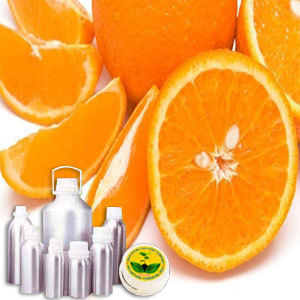Botonical Name | : | Citrus aurantium Linn | |
CAS # | : | 6485-40-1 | |
Country of Origin | : | England, Russia | |
Color & Odor | : | a colorless, pale-yellow or greenish-yellow liquid | |
Solubility | : | Soluble in alcohol & oil, insoluble in water | |
Specific Gravity | : | 0.940 – 0.950 @ 25°C | |
Optical Rotation | : | N/A | |
Refractive Index | : | 1.495 - 1.502 @ 20°C | |
Flash Point | : | 88°C | |
Plant Part Used | : | Leaves | |
Extraction Method | : | Steam Distillation |
DESCRIPTION:
Carvone is a member of a family of chemicals called terpenoids. Carvone is found naturally in many essential oils, but is most abundant in the oils from seeds of caraway (Carum carvi) and dill.CONSTITUENTS:
These are widely used in diverse industries including Food, Agriculture, Insect Control, Organic synthesis and so on. These herbs are used in many essential oils, along with aromatherapy and alternative medicine applications.AROMATIC SUMMARY / NOTE / STRENGTH OF AROMA:
Strong mint candy flavor.BLENDS WITH:
Cedarwood, Clary Sage, Geranium, Lavender, Lime, Jasmine, Neroli, Orange, Palmarosa, Rosemary, Sandalwood and Ylang-ylang .COMMON NAMES:
rbon, Charcoal.USES:
These are widely used in diverse industries including Food, Agriculture, Insect Control, Organic synthesis and so on. These herbs are used in many essential oils, along with aromatherapy and alternative medicine applications.


































